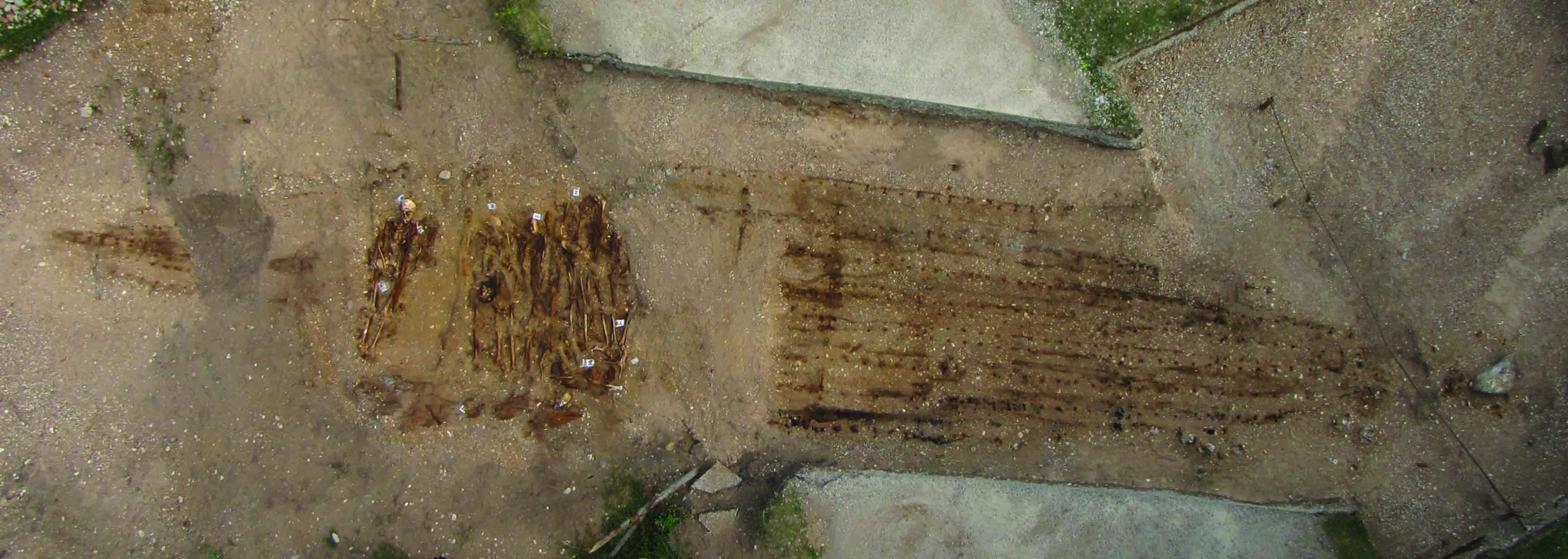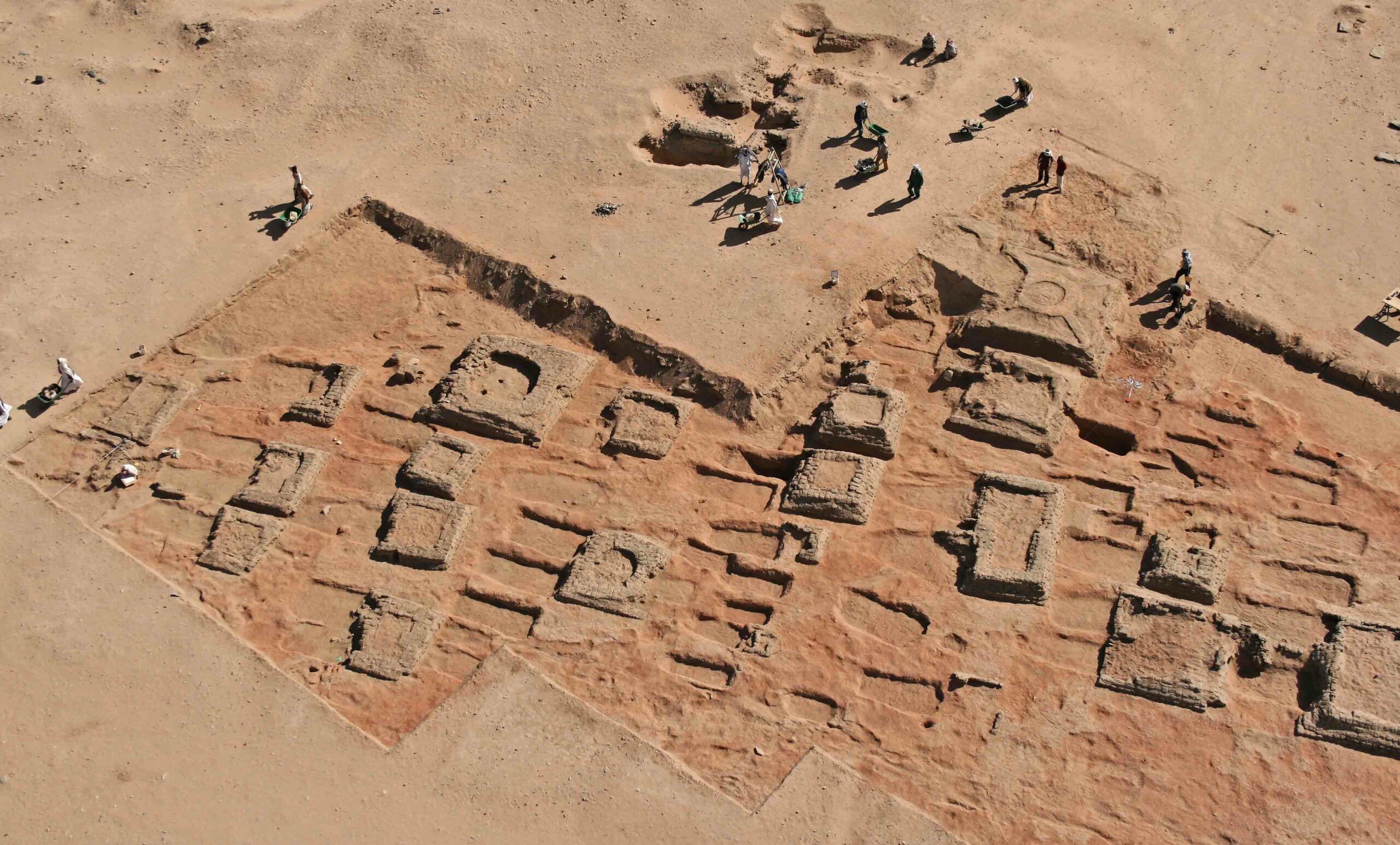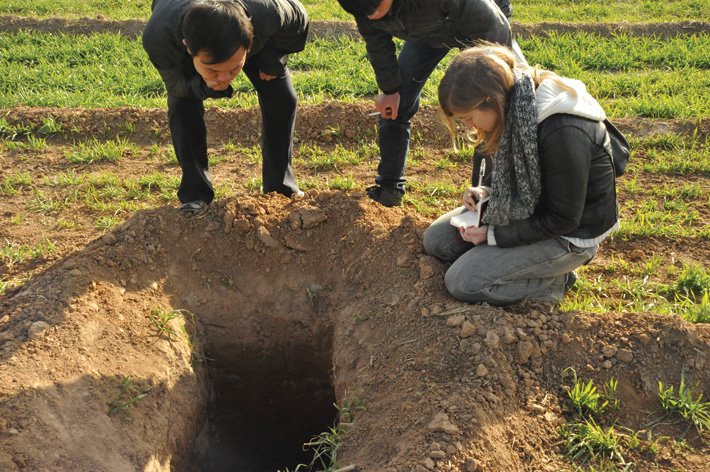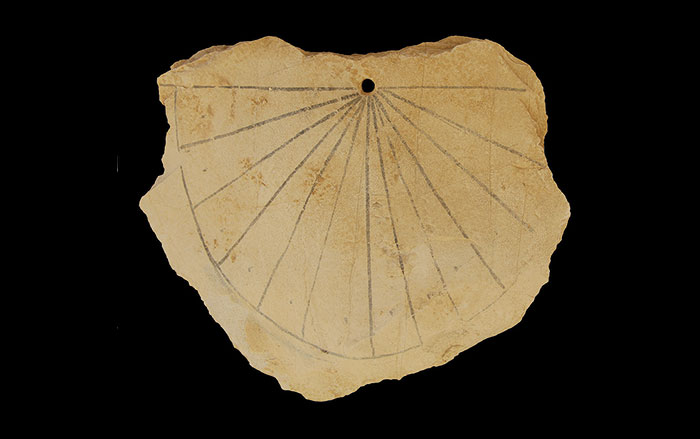
TEL AVIV, ISRAEL— A crescent-shaped, mudbrick wall that was more than 12 feet wide and 15 feet tall and covered with layers of mud and sand has been unearthed at Ashdod-Yam, an area under Assyrian rule in the eighth century B.C. This massive, Iron-Age fortification may have protected a large artificial harbor. “If so, this would be a discovery of international significance, the first known harbor of this kind in our corner of the Levant,” said Alexander Fantalkin of Tel Aviv University. The structure may have been built in connection with a rebellion led by the Philistine king of nearby Ashdod.











